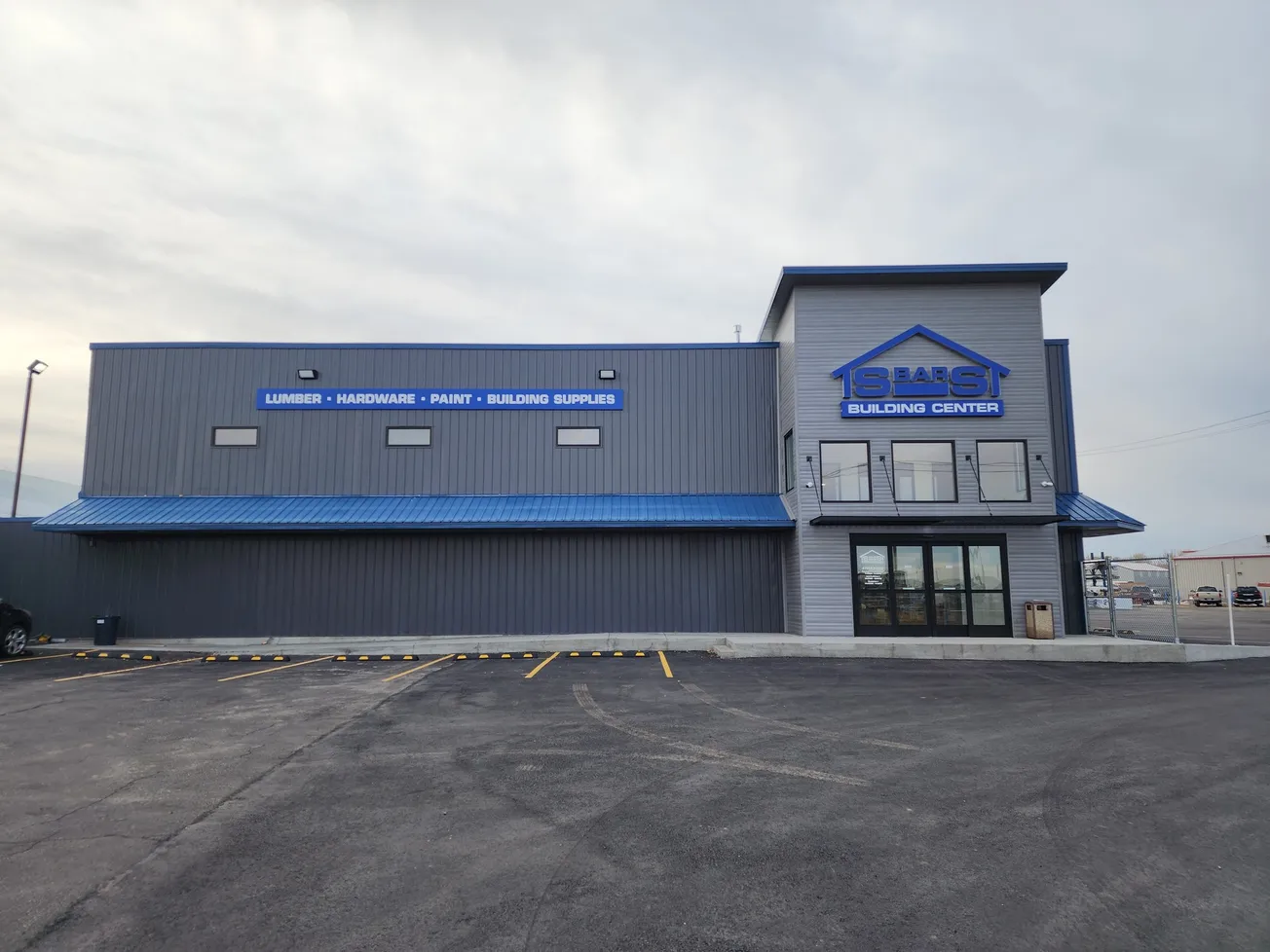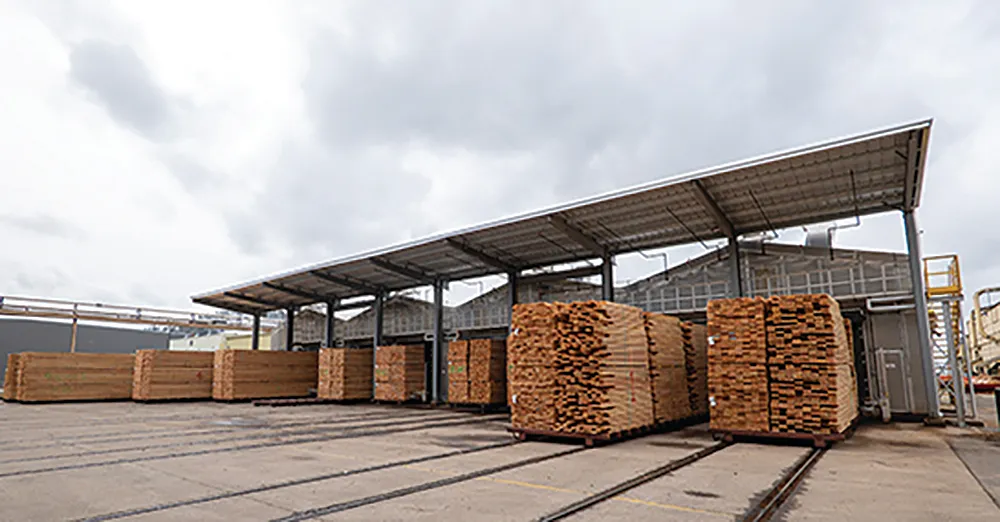Table of Contents
The wood particulates generated through most wood processing operations are a known combustible dust and are recognized as such by OSHA. In 2008, OSHA introduced the Combustible Dust National Emphasis Program (NEP), describing its policies and procedures regarding inspection of facilities that handle combustible dust as well as their expectations regarding owner/operator compliance with U.S. safety standards (e.g., NFPA).
Through the NEP, OSHA determined that many facilities handling combustible dusts were unaware of the hazards or simply confused by the requirements of the existing standards. The NFPA therefore developed NFPA 652 (Standard on the Fundamentals of Combustible Dust), which is a governing umbrella standard that addresses fire and explosion hazards associated with combustible dust of all types across all industries. NFPA 664 is referenced by this standard for guidance on how to manage wood processing industry-specific combustible dust hazards.
A main focal point of NFPA 652 is the requirement for facilities processing or handling particulate solids to perform a dust hazard assessment (DHA). The standard, which came into effect on Sept. 7, 2015, allows affected facilities five years to complete a DHA (i.e., by September 2020). To put the importance of a DHA in perspective, many OSHA citations regarding combustible dust hazards list the lack of a hazard analysis at the top of the citation.
Earlier this year, a jury awarded $39.7 million to a man who was injured in a fire and an explosion that occurred at a wood processing facility in 2014. Many of the findings of the investigation would likely have been captured in a DHA and could have prevented the incident from occuring.
This article discusses the most common issues identified during a large number of DHAs performed over the last several years.
- 1. Lack of defined inspection and cleaning plan to meet NFPA housekeeping requirements.
Dust explosions may be classified as either primary or secondary in nature. Primary explosions typically occur within individual pieces of equipment inside process plants or similar enclosures (dust collector, grinder, etc.), and are generally controlled by pressure relief venting to atmosphere. Secondary explosions are the result of dust accumulations (outside of equipment) within the facility, which are disturbed, suspended and ignited by the primary explosion, resulting in a more dangerous uncontrolled explosion inside the workplace. The majority of injuries and fatalities from dust explosions are the result of secondary explosions.
Control of fugitive dust emissions and housekeeping outside of equipment are therefore a focus of all combustible dust-related standards and are the key to reducing the potential for a catastrophic event. For example, NFPA 664 (the wood industry-specific standard) defines a hazardous location as an area where the accumulation of combustible dust exceeds 1/8”, over more than 5% of the enclosure footprint area. Surprisingly, very few facilities create an auditable system of inspection and cleaning to meet this requirement. Some facilities periodically inspect (e.g., quarterly) and react accordingly, although local accumulations may already have significantly exceeded the identified threshold thickness within this timeframe. Other facilities simply clean on a defined frequency (e.g., annually), regardless of the amount of dust accumulated within this timeframe. Regrettably, some facilities neither inspect for nor clean accumulated dust on any defined schedule.
Although the NFPA standards do not define an approach to achieve compliance, it is BakerRisk’s opinion that the most effective method is to segment the process areas into zones that can be easily inspected by a workgroup or operator, ensuring there are no gaps between zones. An initial inspection frequency should be established (e.g., every two weeks) and the zone (including elevated surfaces) cleaned as needed when the threshold thickness is approached. For zones that generate dust accumulations at a steady rate, the inspection frequency can be adjusted after a number of inspections have established the accumulation rate.
The keys to success are to maintain external dust accumulation levels below threshold levels, develop a reasonable inspection frequency, document the inspections and cleanings, and make the process work intuitively without creating an undue burden. Another benefit to a zoned approach is that the responsible workgroup will likely begin to identify key equipment that is contributing to fugitive dust emissions, and will seek methods to eliminate their source. In addition, cleaning up wood dust is not as simple as turning on a blower or shop vac. OSHA has cited facilities that fail to use specialized explosion rated vacuum cleaners that don’t emit a spark to clean up wood dust.
- 2. Lack of rated deflagration isolation device.
NFPA standards state that where an explosion hazard exists in a piece of equipment, isolation devices shall be provided to prevent deflagration propagation. For example, without such a device, an explosion in a dust collector could allow the fireball to pass back up the inlet duct potentially exposing personnel working near dust collection duct pick-up points or hoods (e.g., work stations).
- 3. Lack of restricted access zones around equipment equipped with deflagration vents.
Restricted occupancy zones must be established around dust collector deflagration vents to reduce the likelihood that personnel are present in the vicinity if a deflagration were to occur in the equipment. A number of incidents have resulted in injury to personnel located in close proximity to explosion vents due to exposure to the flame and burning debris from the vented deflagration. Equipment controls and E-stops should be located outside of these zones.
- 4. Lack of design basis information to support explosion protection design.
When designing and implementing explosion protection systems (e.g., explosion venting), it is imperative that the strength of the protected equipment (e.g., dust collector) is known. For example, the maximum explosion pressure in equipment fitted with explosion vents can significantly exceed the pressure at which the vents open, and the equipment may fail catastrophically if not designed to withstand the maximum pressure. This may present hazards equal to those if the vents were not present at all.
- 5. Lack of design basis system flow velocities.
NFPA standards prescribe minimum flow velocities through dust collection systems to prevent dust from falling out of suspension and accumulating inside the duct. Dust accumulations can lead to a hidden fuel source that may be ignited by a spark drawn into the system. Duct fires can present a challenge to extinguish and can damage equipment beyond repair. In some cases, the burning material can be pulled into the dust collection system and initiate an explosion. Maintaining a minimum flow velocity of 4,000 fpm is recommended by NFPA standards to prevent fallout of dust in dust collection ductwork; the actual required velocity is a function of the dust properties. In some cases, facilities have created “peep-holes” in the ductwork into which a flow meter can be periodically introduced to monitor flow velocity and validate system integrity.
- 6. Lack of duct inspection hatches.
The placement of inspection hatches along the dust collection system duct allows for periodic inspection for dust accumulations, although such hatches are not explicitly required by the NFPA standards. BakerRisk recommends that the inspection hatches be located approximately every 20 duct diameters along the main duct.
- 7. Spark suppression system nozzles located too far from spark source.
Dust collection ductwork connected to high-frequency, spark-generating equipment (sander, grinder, hog) should be equipped with a spark suppression system to minimize or eliminate sparks entering the dust collector, which could trigger a collector fire or deflagration. The suppression system typically incorporates a sensor to detect the spark, along with spray nozzles located downstream at a distance determined by flow velocity. The separation distance between the detector and suppressors is critical; too close and the spark may get beyond the spray before it is activated, too far and the spray may halt before the spark arrives.
The location of the spark suppression system is also critical. FM Global Loss Prevention Data Sheet 7-76 recommends the system be located as close to the final piece of spark generating equipment as possible. Otherwise, dust accumulating in the duct between the spark generating equipment and spark suppression system may be ignited.
Note that NFPA standards require that where sprinkler protection is provided in the duct, the ductwork be capable of supporting the weight of the system plus the weight of the duct half-filled with water (or the material being conveyed, whichever has the higher density). BakerRisk is aware of at least one case where a large duct collapsed due to the accumulation of water from fire suppression activities.
The identified common hazards have all been causal factors in actual fires or explosions that resulted in the loss of life or severe injury, in addition to the loss of capital assets and business interruption. Performing a robust DHA should identify such hazards and identify prevention and mitigation strategies to manage the risk.









